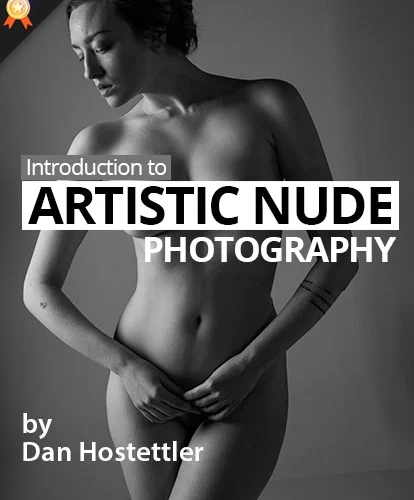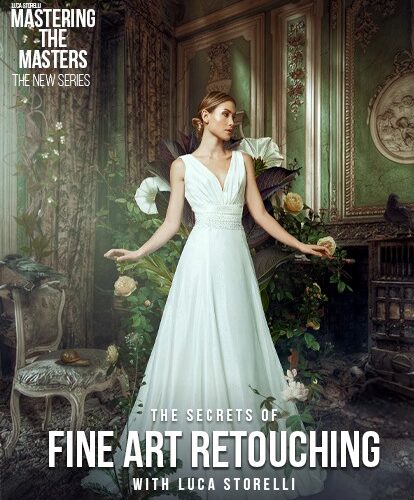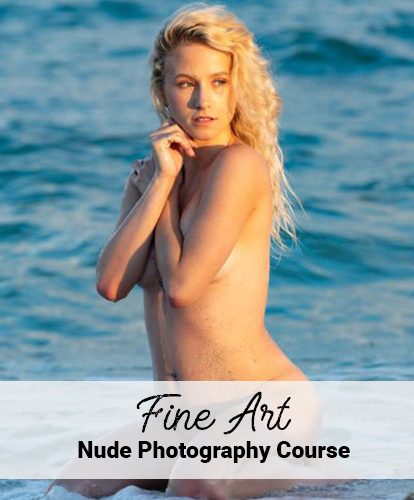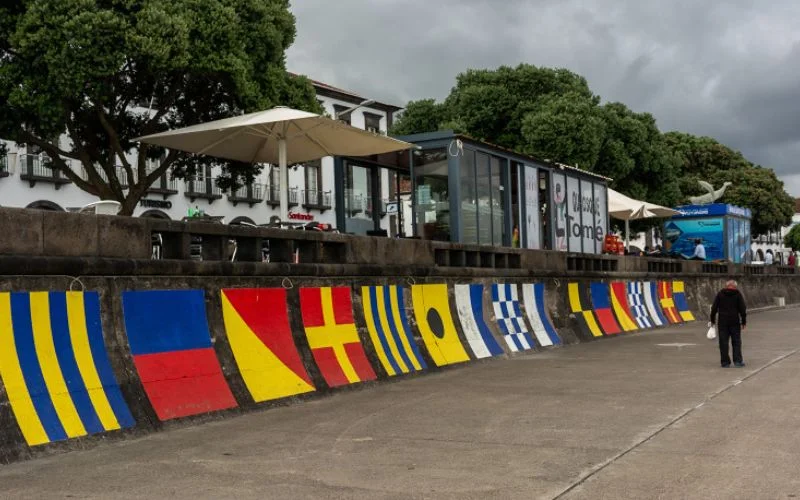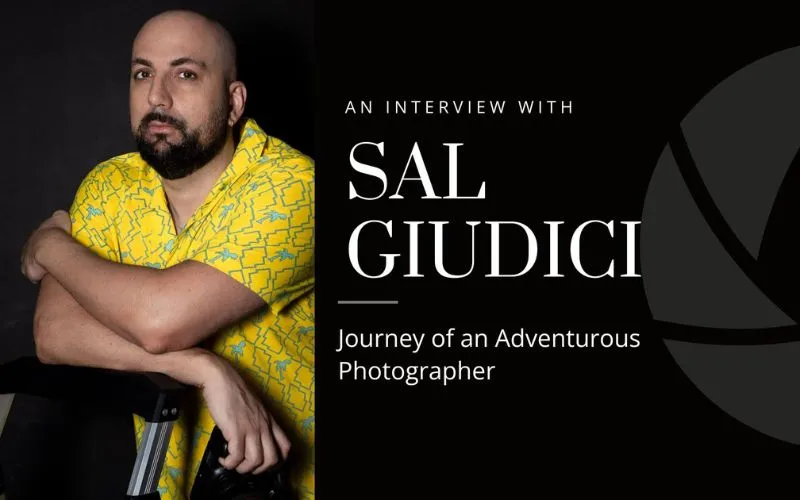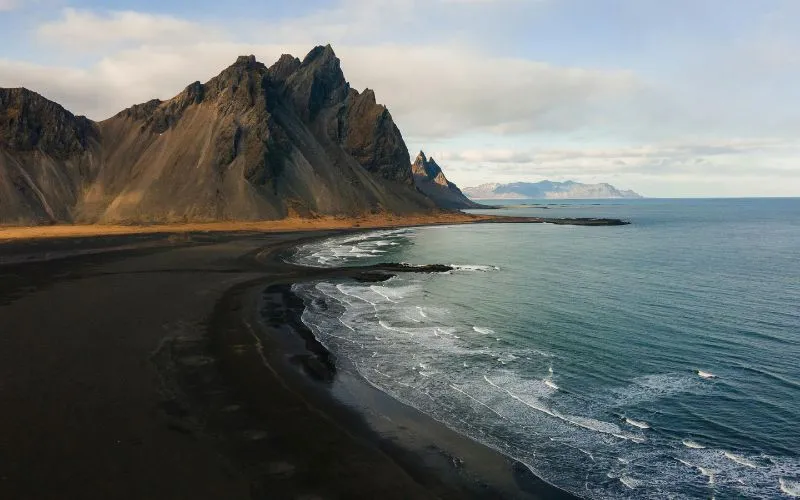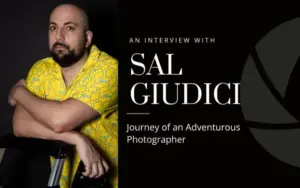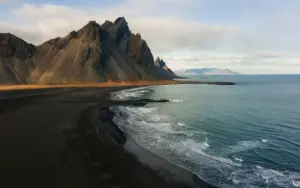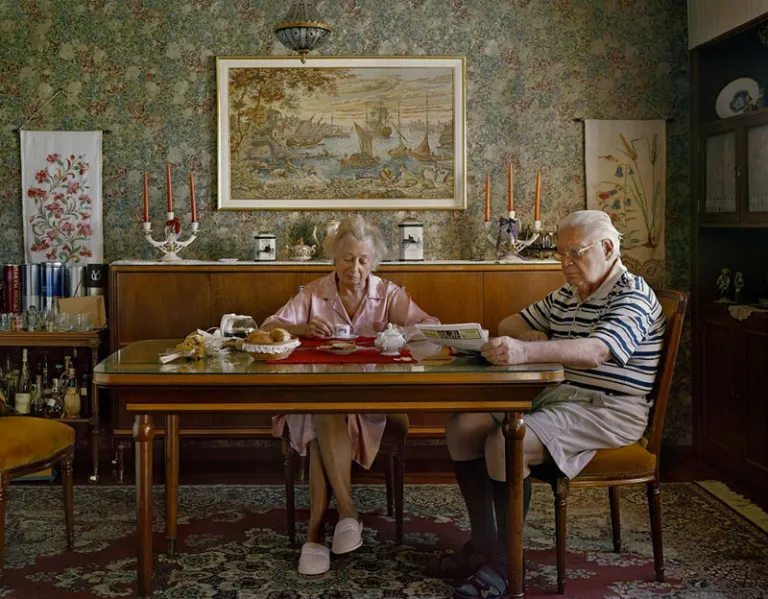
It’s in the eyes. It’s there, in those pools of brown, blue, of color, where everything ahead is first given. Either you fall back and look away or you accept and thrust in.
The connection between two is violent, fitful. There’s panic. Undecided mornings. But a connection must begin somewhere: almost always, it’s in the eyes.
But when a connection weakens, what are the first hints?Archipelago, the Spanish, Brooklyn-based staged photography artists Yolanda del Amo’s seven-year series, explores how connections reveal themselves in a communal home and in the body itself.
In her staged photographs, the language of intimacy, or approaching disconnect, arranges around who’s looking at whom and who’s not.
It’s not enough to say that they’re looking away. It’s how they look. And why—what are they’re still searching for?
I spoke with Del Amo over email about her staged photography.
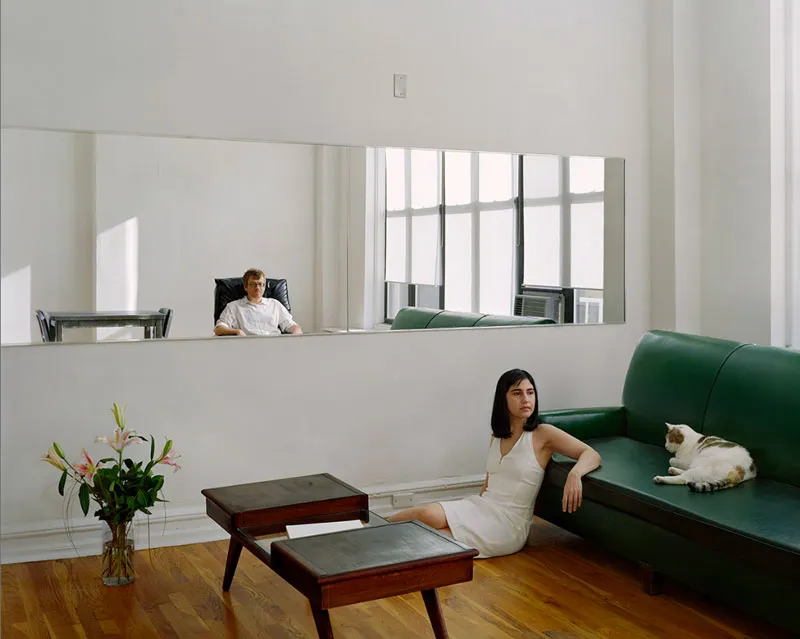
Q1. Do photographers capture a moment of the world or create one? Is a photo something that they’ve read from reality or something that they’ve written in? Something else? What do you think?
Ans. Due to the indexical character of photography, every photograph captures a moment of the world, regardless of whether the staged photography artists is capturing a moment or inventing one.
I like to think beyond the categories of documentary versus staged photography (not even to mention camera-less photography), and I consider every photographic image an interpretation of the world created with light.
Q2. To take a question from one of my favorite writers: does shooting photography help make the anguish of life more bearable? How did you get your start in photography?
Ans. Well, in my case, it really helped make the anguish of life more bearable! At the time I got started with photography, I was immersed in a corporate career.
I fell in love with the medium and lived a double-life for a while, working a job as a manager and cultivating my new passion.
In order to look at my work, I sent the negatives to a lab to be developed (this was at a time when digital photography was not available) and locked myself in the office restroom to look at the results.
The drive was so strong that I completely shifted my focus and pursued a life as an staged photography artists .
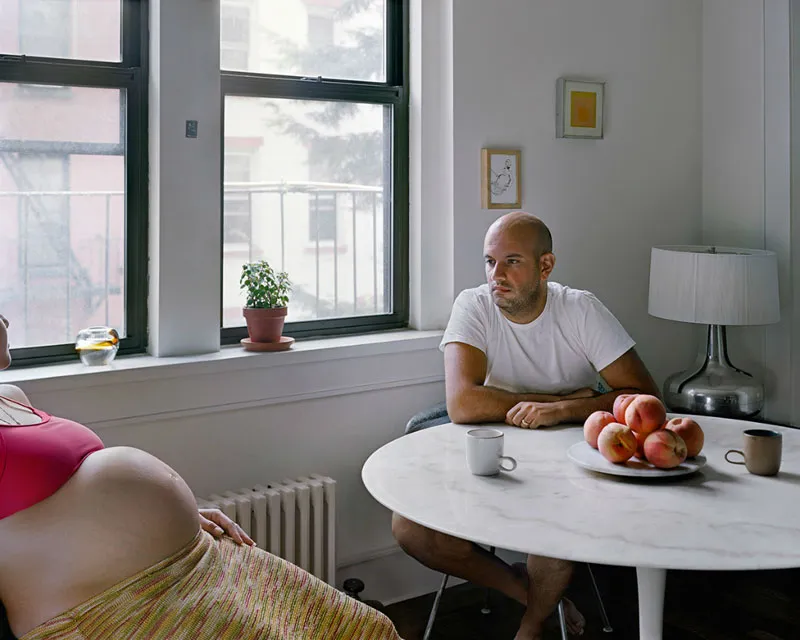
Q3. Did you ever feel like giving up? Were you ever unsure of your talents?
Ans. Doubt is an integral part of every staged photography artists practice, and it is important to question and re-think one’s decisions. Some times are more difficult than others, but it is important to not be too dependent on the outside world and its recognition. But giving up or not is not really a choice if you are really driven to making work.
Q4. Would you agree in saying that most of your work is staged? If so, what’s the attraction of staging your photographs to you, exactly?
Ans. My work is staged in the sense that it is orchestrated and meticulously composed, but the sets of my photographs are grounded in reality.
I usually take an environment that already exists and tweak it, adding little things here and there, and taking some other things out.
My work references theater among other things, but I don’t use sets that are constructed from scratch.
I grew up in an environment that revolved around telling stories: my father is a writer, filmmaker, and playwright.
I enjoy the control and process of creating a narrative myself. I condense a story in one image and leave it up to the viewer to fill in the rest.
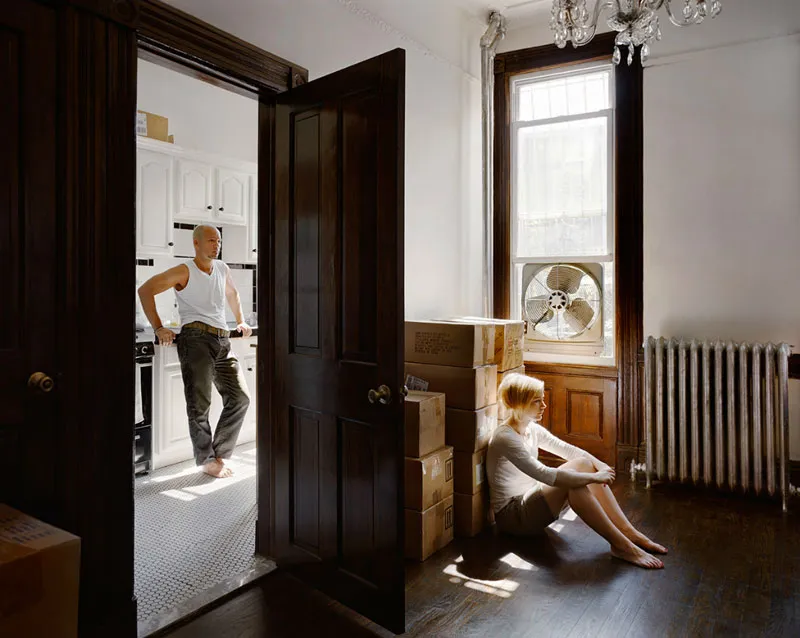
Q5. How close does a photograph cut into reality in your mind? Or are they far apart?
Ans. My photographs oscillate between reality and fiction. I am inspired by real locations or stories that I am told so in that sense my images are born out of reality and yet my work addresses a departure from reality as it is because I am interested in the tension between people’s exterior and interior lives – that is – what is projected to the outside versus what is going on inside of people’s minds.
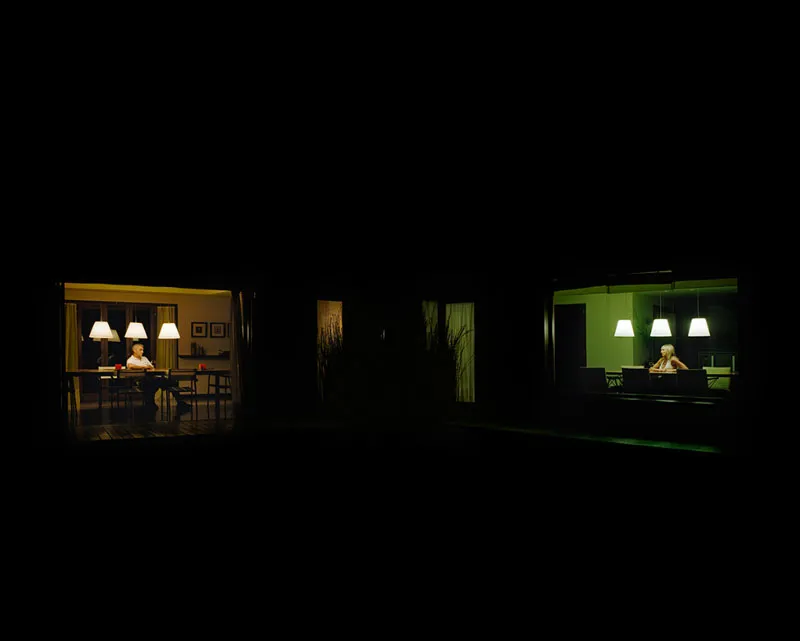
Q6. This is one of my favorites. Could you explain how it was made from start to finish?
Ans. This is a good example of a photograph that can end up being something very different from what I had planned.
The setting was what gave me the idea; it is in a spectacularly beautiful and luminous house in Argentina, and I wanted to portray the characters lost in their spacious rooms, dwarfed out by the environment.
The day I scouted the location, I walked around both inside and outside the house, the TV room, the dining areas, and around the pool.
Then, when it got dark and I saw the property from the outside, I loved it, even though the luminous beauty of the house was barely visible from that perspective.
To intensify the contrast between the two windows, I used different bulb types with different color temperatures, which recorded in different colors on the film.
I remember it was hard to shoot in complete darkness and to shout the instructions to the sitters because they were far away from me.
So this is a photo that was suppose to show luminosity but ended up being the darkest of my entire work!
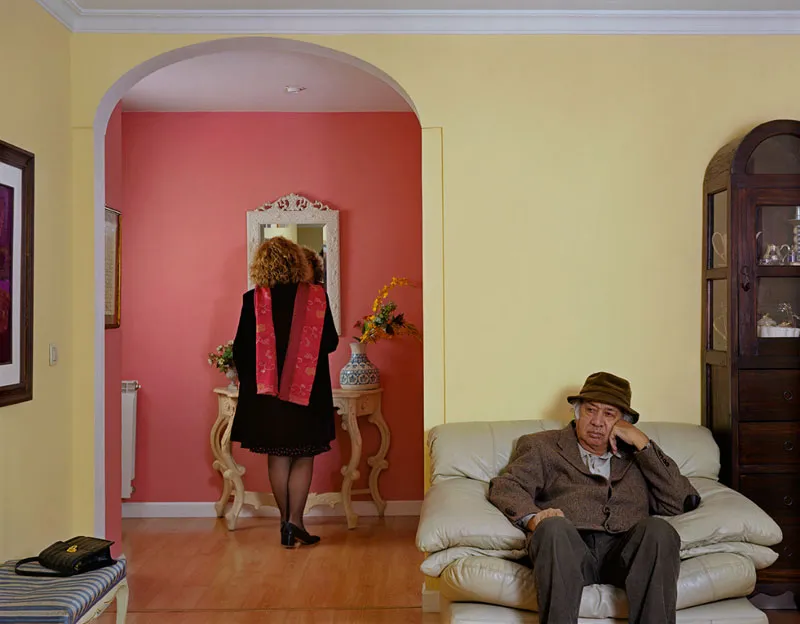
Q7. What does it feel like when you capture a photograph? Is there any joy or catharsis? Would you consider a photograph a poem?
Ans. Every time I shoot a photograph, I experience a great deal of excitement and adrenaline. I never know exactly how the models or the setting will look through the camera.
I try to be very present so I can make last-minute changes if necessary. My process is slow, and each one of my images has been in my head for a long time.
After making a new image, I am very grateful that I was able to get the idea out of my head and onto film. I don’t consider every photographic image a poem, and I’ll leave it up to others to judge if my photographs are poetic or not.
Q8. What have you learned about yourself from shooting photography? Any surprises?
Ans. It has confirmed my obsessive character and my tendency to gravitate towards similar themes.
Want to know more about check out: What is Fine Art Nude Photography
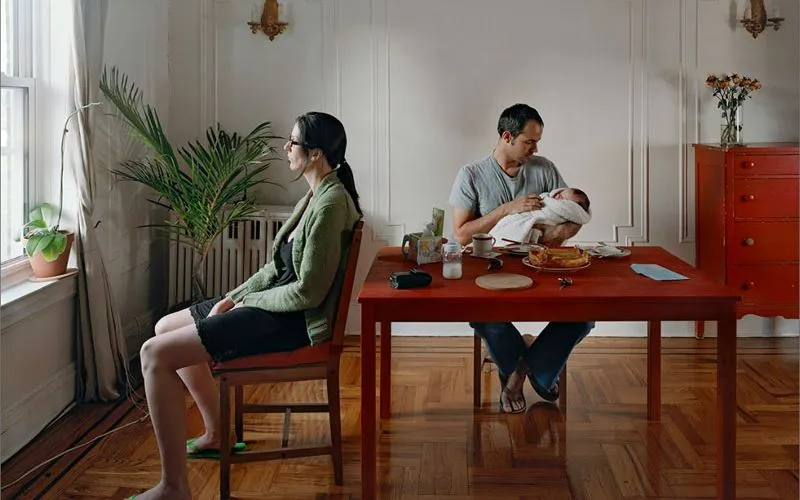
All images © Yolanda del Amo. See more of her work here.


